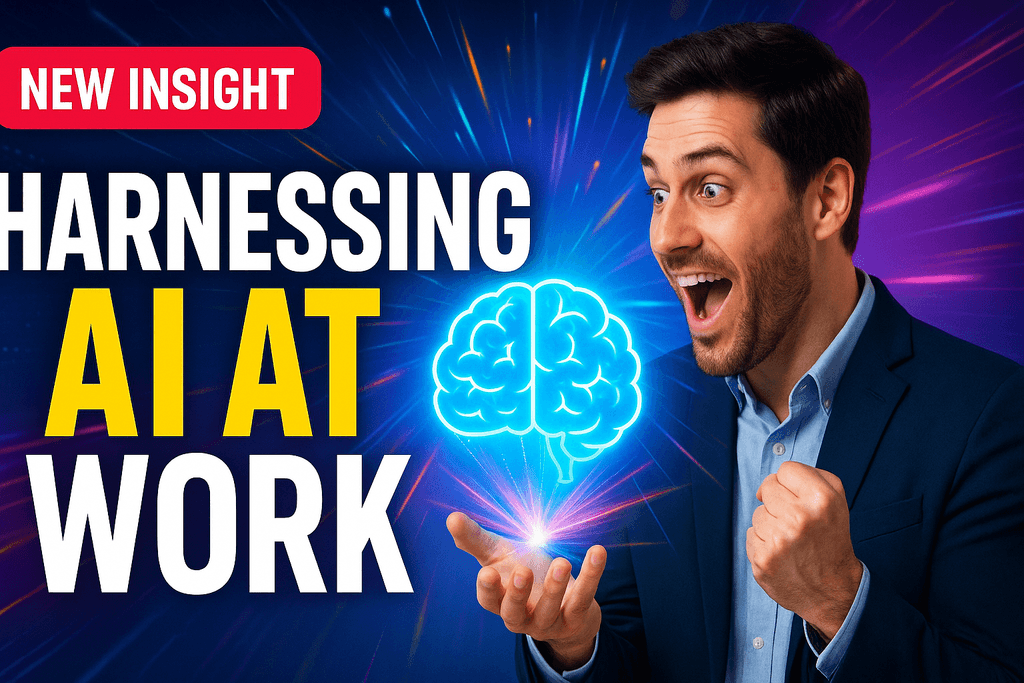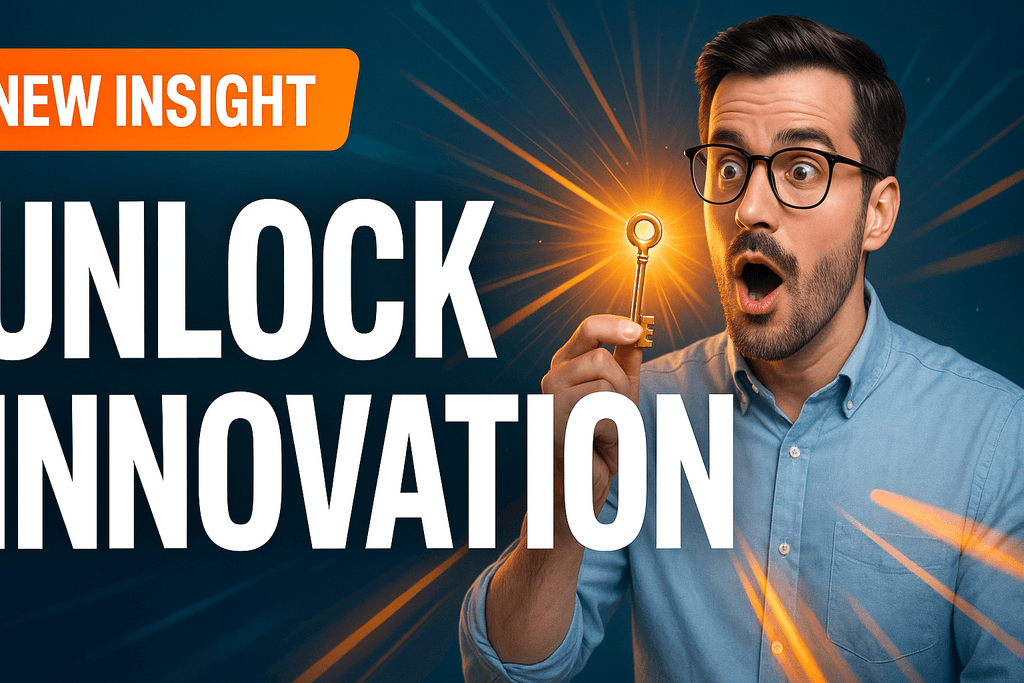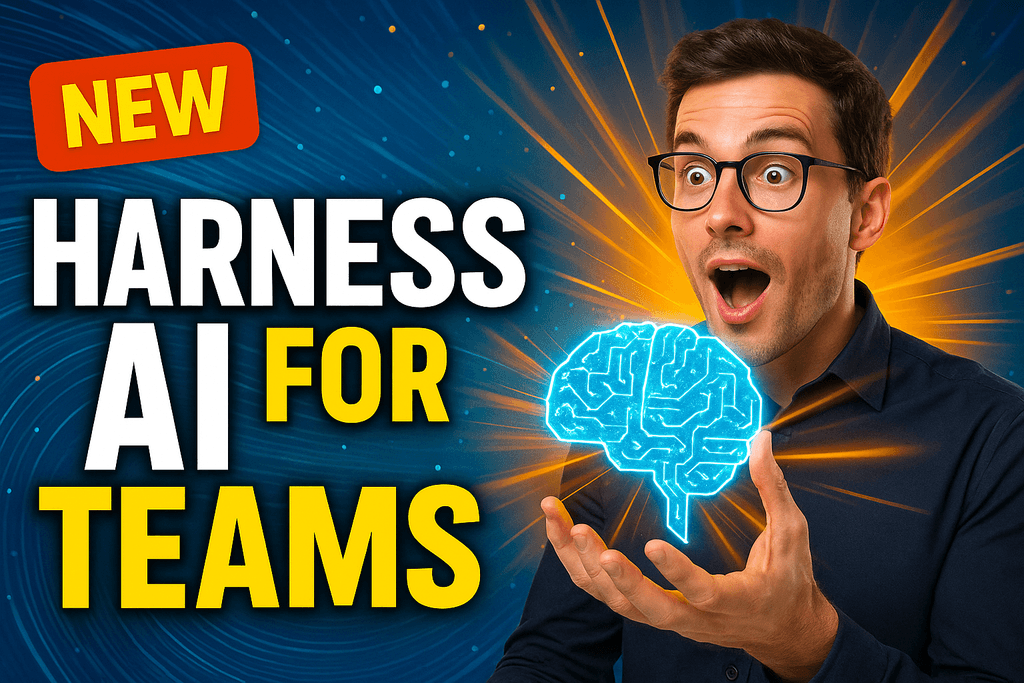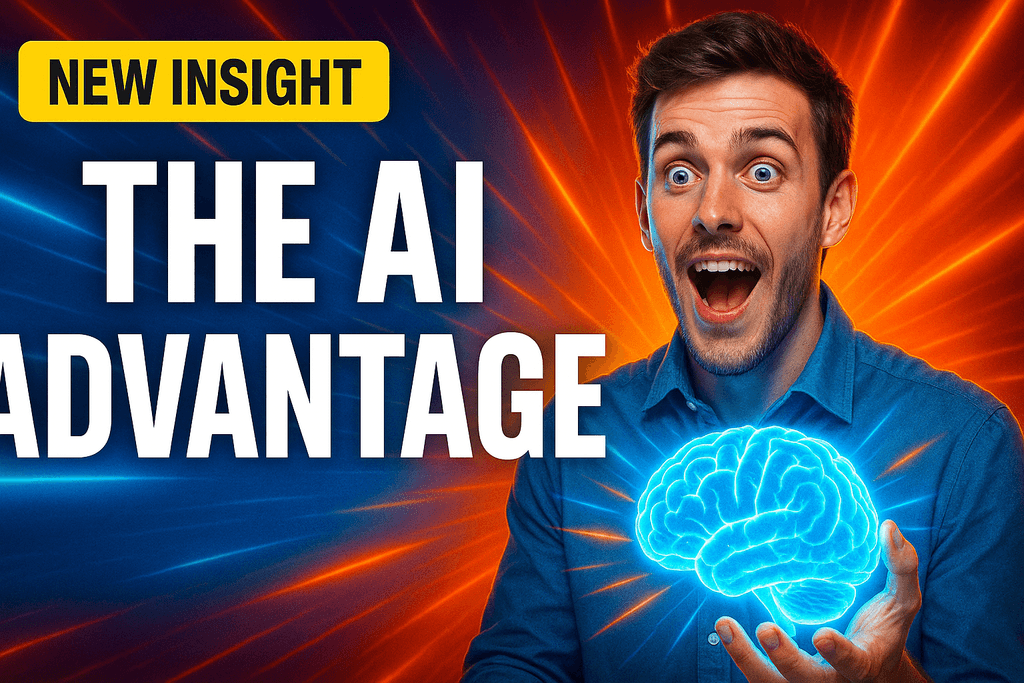
Table of Contents
Our Definition of Headless CMS
A headless CMS (Content Management System) is a CMS architecture where the data presentation level (website design) and the data provision and processing level are separated. This separation allows the best technologies to be used for both areas, creating a future-proof and flexible basis for omnichannel marketing and managing digital experiences across multiple websites, mobile apps, and more. Data is obtained exclusively via an API and then displayed in the frontend, adapted to the desired layout.
Main features of a headless CMS
Content delivery in the Headless CMS is API-driven. This means that content is accessed and delivered via the APIs so that content can be displayed on any device or channel that can connect to the API. Developers also have the freedom to use any programming language or framework to create the front-end. This is because the headless CMS does not prescribe a front-end technology. This gives developers a high degree of flexibility. The same content can be used on multiple platforms and channels. This provides a consistent content creator experience. It also enables simple content management. Long-term planning is possible as you can recreate the frontend without having to customize the CMS. This offers tremendous future-proofing and allows companies to have one or more frontends in one or more languages that all use the same data interface.
The same content can be used on multiple platforms and channels, providing a consistent experience for content editors and users alike. It simplifies content management and enables long-term planning, as the frontend can be recreated without needing to customize the CMS. This ensures tremendous future-proofing and allows companies to have one or more frontends in multiple languages, all using the same data interface.
Flexibility, security and performance with a headless CMS
A headless CMS is responsible for storing and delivering content, giving frontend developers full control over how content is presented and interacts with the user's device. Improved performance and scalability are significant advantages of the headless architecture. Separating content from its presentation can lead to better website performance and easier scalability, as changes to the frontend do not impact the backend and vice versa.
Security is also significantly enhanced, as the CMS is decoupled from the frontend, reducing the risk of direct attacks on the CMS. A headless CMS is particularly popular when digital content needs to be displayed on multiple platforms or when personalized and sophisticated frontend experiences are required. It stands out as one of the most modular and flexible architectures in web development, making it ideal for creating rich digital experiences.
A headless CMS is often integrated into Digital Experience Platforms (DXPs), which provide a cohesive environment for managing digital content and delivering superior user experiences across various channels. This integration further emphasizes the CMS's role in shaping dynamic and interactive digital environments.
A headless CMS is particularly popular when digital content needs to be displayed on multiple platforms or when personalized and sophisticated frontend experiences are required. It stands out as one of the most modular and flexible architectures in web development, making it ideal for creating rich digital experiences. Learn how Orbitype compares to ButterCMS as a flexible headless CMS.
Conclusion
In summary, a headless CMS offers unparalleled flexibility, security, and performance, making it a powerful tool for modern web development. Its API-driven nature allows for seamless content delivery across various digital platforms, providing a consistent and efficient experience for both developers and content editors. As part of Digital Experience Platforms, headless content management systems are crucial for delivering rich, engaging user experiences that meet the demands of today's digital landscape. Adopting a headless CMS is a strategic move for any organization looking to future-proof its digital content strategy and enhance its digital experiences.





















.png&w=1024&q=80)

